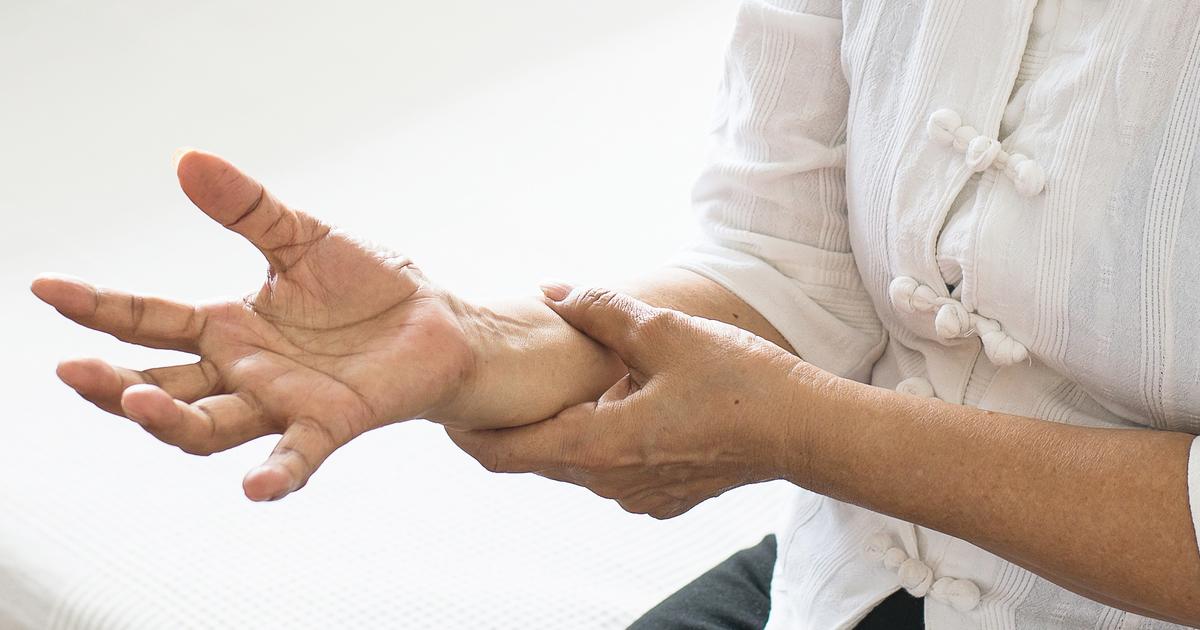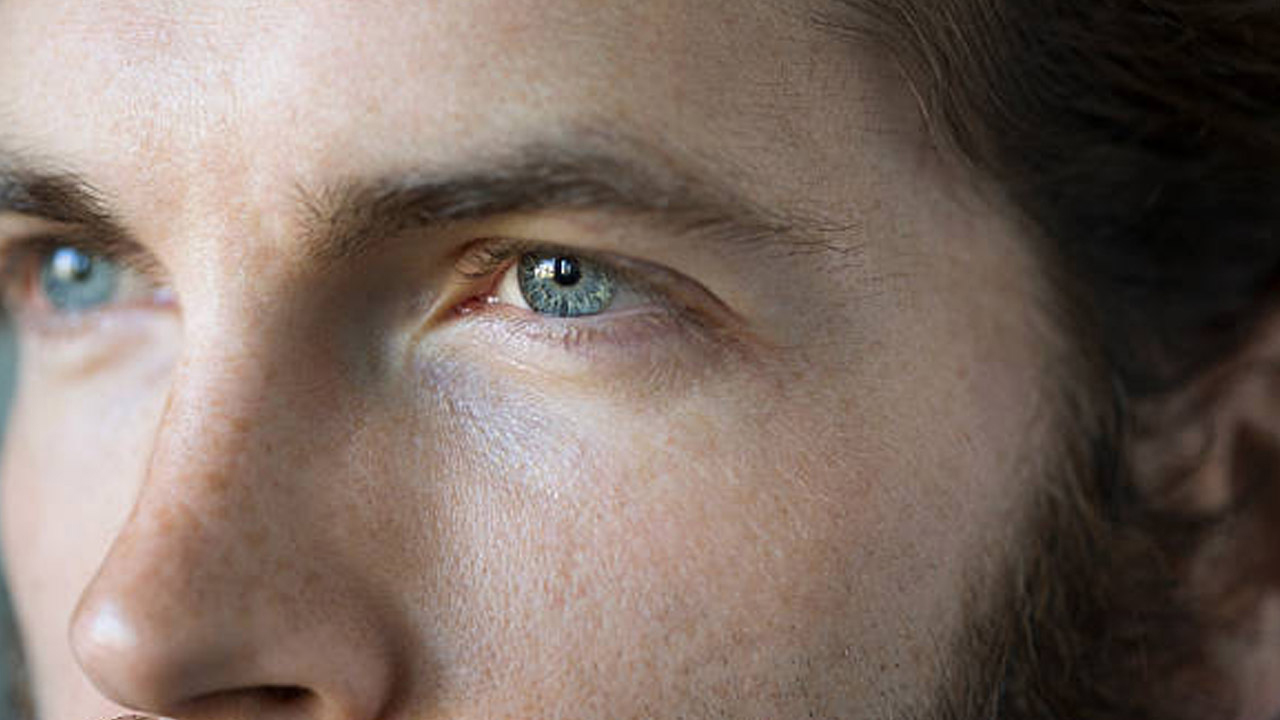19 Unmistakable Red Flags Your Body Might Be Battling Essential Tremor
Essential tremor (ET) is a common neurological disorder that causes involuntary, rhythmic shaking—most often in the hands, but sometimes in the head, voice, legs, or other parts of the body. While the exact cause remains unknown in many cases, more than half of diagnosed individuals inherit a genetic mutation linked to chromosomes 2, 3, or 6. Unlike other movement disorders, essential tremor has no specific test for diagnosis; instead, doctors rely on a combination of physical and neurological examinations, often using MRI scans to rule out other conditions with similar symptoms. For some, essential tremor is mild and doesn’t require treatment, but for others, the symptoms can interfere with everyday tasks like eating, writing, or even speaking. When necessary, medications or other interventions can help manage the condition. To help you recognize the warning signs early, we've updated our list to 19 Unmistakable Red Flags Your Body Might Be Battling Essential Tremor. Read on to learn what to watch for and when to seek medical advice.
1. Periodic Uncontrollable Shaking

An individual affected by periodic uncontrollable shaking may be affected by essential tremor. This uncontrollable shaking most often occurs in the parts of the body controlled by voluntary muscles. Periodic uncontrollable shaking is most common in an individual's face, head, hands, neck, thumb, and arms. At first, the periodic uncontrollable shaking in the affected body part may be mild and barely noticeable during regular activities. Sometimes these uncontrollable rhythmic movements will cease entirely when the affected muscles are at rest or when the individual is sleeping. At other times, the involuntary movements will worsen when the individual is attempting to make a targeted movement with the affected muscles. The periodic shaking can worsen over time as the affected individual advances in age. This involuntary shaking can spread from the body part that has been initially affected on to other body parts depending on the underlying cause of essential tremor.
2. Nodding Head

An individual with essential tremor may experience uncontrollably nodding their head. While the most prevalent part of the body to be affected by essential tremor is the hands, some may experience essential tremor in their head. A head tremor precipitated from essential tremor is a regular tremor that exhibits a rhythmic and repeated shaking action an affected individual is unable to control. Around thirty-five percent of all essential tremor patients experience the nodding head or head tremor independently or with hand tremors. An individual who experiences a nodding head caused by essential tremor will not experience a change in their condition upon changing the direction of their head. A nodding head or head tremor associated with essential tremor will disappear when the patient is lying down and sleeping. Individuals who have a family history of tremor are more likely to develop head nodding or a tremor of the head.
